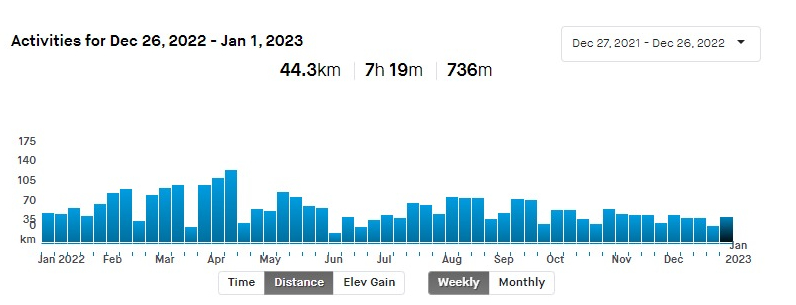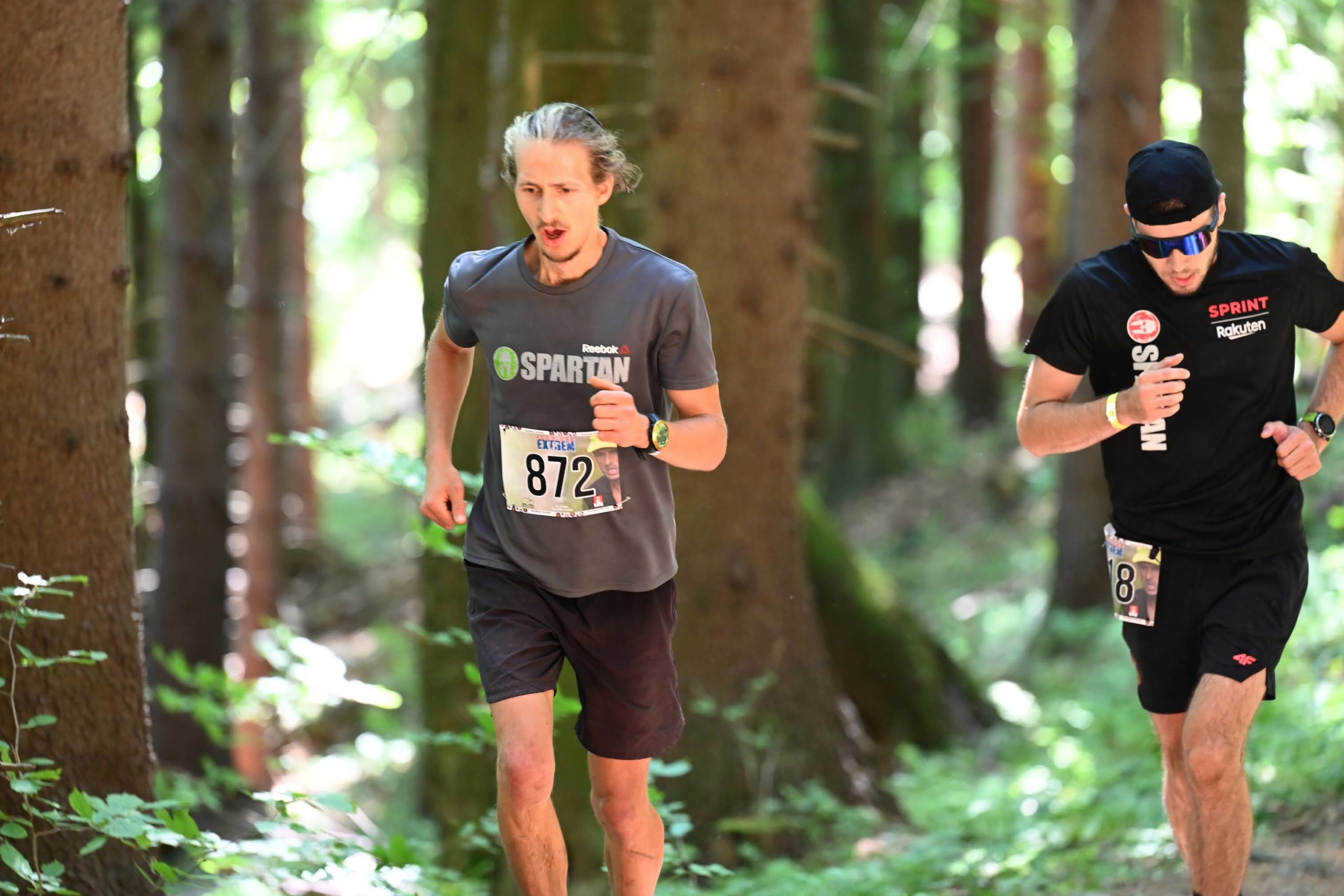MUSCLE BUILDING: NUTRITION, WORKOUTS AND MY RESULTS AFTER 6 MONTHS
When I was injured and couldn’t run, I noticed one thing. I focused on strength training and noticed more energy during the day, increased libido and better quality sleep.
Studies constantly show the importance of building and maintaining muscle mass not only for sports, but also for health. Muscle mass is important for functionality in later life, but building muscle mass only becomes more difficult with age.
Since I didn’t have a target race in the 2022 season, I figured that this year would be the best time to do this experiment. In June 2022, after years of running training, I decided for the first time to focus purely on building muscle mass in order to improve my performance in the Spartan Race and also my general health.
I focused on building muscle for six months and in this article I describe my workouts, diet and why
Training:
There is no one ideal style of training that is best for building muscle mass. I decided to include three strength training sessions per week, which consisted of the main lifts: different versions of squats, deadlifts, pull-ups, rows, bench press, overhead press and various supplementary exercises.
However, since pure bodybuilding does not suit me and I wanted to remain more athletic, I also kept running in my training plan: Easy runs, long runs, tempo runs and sprints.
Totalling, approx. 8 hours of training per week.
In June and July, I had strength training aimed at hypertrophy (3 x 8-10 repetitions per exercise):
- Upper body pull (movements on the bar, barbell row) + running intervals
- Easy Run
- Lower body + sprints
- Easy Run
- Upper body push + running
- Long run
Subsequently, I tried a completely new method for me, the so-called German Volume Training.
This is a training method focused on volume. The training consists of 10 sets of 10 repetitions with a short break between sets (e.g. 10×10 squats).
- Legs:
- Phase: Interval running training
- Phase: squats, deadlifts + calves.
- Easy run
- GVT upper body pull
- Easy run
- GVT upper body push + sprints
- Fartlek run
In short, I liked this style for one main reason: I only need to go to the gym on the day I have leg training. TRX and my own weight are enough for the upper part.
However, I don’t think it’s the optimal training method, because it engages the muscle groups only once a week, but it’s worth it, which will be reflected in the long recovery period. It is more suitable for building muscles to spread individual exercises over three days.

Nutrition
For the first two weeks, I tracked my calories and found that I was eating an average of 2400kcal a day during that time. To build muscle mass, I should increase this intake by ~250 or more calories per day.
If we look at my intake, we can see that it was high enough on some days, and not enough on other days. On average, I had around 2300 kcal per day and according to my calculations, I should have around 2500 kcal per day for weight maintenance and over 2750 kcal for building muscle mass. The fact that I was in a slight deficit was confirmed by gradual weight loss (about 3 kg in 4 months).
Here are my three main observations:
- I had an unnecessarily high protein intake (2g/kg +) at the expense of carbohydrates and fats.
- My overall energy intake was low.
- Despite the ideal conditions, I did not manage to put the knowledge into practice.
The results:
In the first 2 months, paradoxically, I lost approx. 3 kg. At the same time, I managed to increase the weight on the squats. While the first two months I focused more on the technique and depth of the squats, during the GVT I increased the weight from 45 to 55 kg (at 10×10 that’s a difference of 1000 kg). I didn’t see much improvement in the other exercises, especially the upper body, but I improved in the thruster test from 9 minutes to 5:40.
During this strength-focused training block, I also managed to maintain a significant portion of my running fitness and placed 3rd in a packed 10km trail race.
It was interesting for me to observe the changes in weight. Even though my active energy expenditure has decreased (in the form of running), I have lost weight. I attribute this to strength training, which is not as energy-intensive as running, but building muscle requires a much greater amount of energy even during rest. The body is also better able to adapt to cardio training by reducing energy expenditure, which is avoided during strength training.

Why did I fail to follow the plan despite all my knowledge?
Even though I had a good training plan and knowledge about nutrition, I was not able to meet my goals. Upon analysis, I observed several reasons why.
First of all, I didn’t have a good enough reason for gaining weight. I took gaining muscle mass more as an experiment than something I really want. This approach subsequently manifested itself in such a way that even though I saw daily that my income was not sufficient, I rarely did anything about it.
I typically had too small breakfast and/or too late. Catching up on calories later in the evening only led to feelings of being stuffed (if I wanted to stick to my caloric intake) and then I had no appetite the next morning because I still had a late big dinner.
Mental side:
I know from my previous experience that tracking my food by counting calories is counterproductive for me. Although I originally started doing this with the intention of making sure I was eating enough, as long as I see the numbers, I have a mental stop when I go over 2400kcal. When I’m not counting calories, I can better listen to my body and make better decisions about how much to eat.
After a long time of logging food, I habitually took the same amounts of food (instead of increasing it), e.g. 40g flakes, 15g protein, and similar. I simply developed a strong habit along with measuring.
*In general, it is not recommended to log food for a long time, which can lead to a decrease in the variety of the diet to eating disorders. That is also my case.
What can you take from my example?
- It is good to know your caloric intake when you want to make changes. You’ll avoid guessing.
- Tracking calories helps you understand your energy intake. But it is only information. If you do nothing with it, your body will not change.
- Our memory is highly selective. We tend to remember the extremes (eg. we only see the day with the highest / lowest caloric intake, lowest / highest activity levels) and ignore the others. Accurately writing down all the food for several days will show us the reality, which is often uncomfortable.
- There is a huge gap between theory and practice. While calories work, other factors enter our decision-making and ability to stick to plans over a long period of time, mainly in the form of:
- Emotions – “I don’t want to eat more so I don’t gain fat” – and at the same time I’m sabotaging my efforts to build muscle
- Environment – it is more likely that we will eat something if it is under our nose and vice versa.
- When it comes to improving your body composition (building muscle and losing fat), strength training combined with cardio is the most effective. The second best option is strength training.
This is an ideal example of how knowing and acting are two different worlds and where coaching helps. To coach myself, I will do the following:
- I will clarify my priorities, goals and vision – I want a goal with which I am identified
- I will create a simple action plan that I can follow daily and I will monitor its adherence
- I will focus on practicing habits instead of tracking calories – e.g. I will include a snack before/after training
